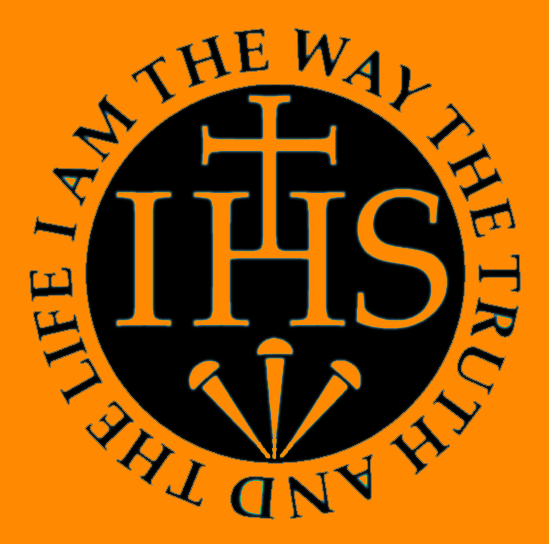This
short book, based on the lecture series given by the author at the Chavara
Institute of Indian and Inter-religious Studies (CIIS) in Rome in December
2001, seeks to address the criticism that the Church today is too western.
The influence of Asia has been as strong as that of Europe and the West,
it is argued, at least in terms of the twenty-one ecumenical and general
councils (Nicaea I to Vatican II). It was dominant in the early councils,
loomed large in the background during the Middle Ages, and resurfaced more
openly at Vatican II (1962-5).
Through its
challenging title, the book seeks to remind westerners of this hugely
beneficial eastern contribution and to urge Christians in Asia to recover
their eastern roots rather to focus too exclusively on rejecting what
appears western.
From the Conclusion
The
three chapters tell their own story. There is hardly the need of a
Conclusion.
In the
councils of the early Church, Asia made the largest contribution of all the
continents in terms of participants and of theological input. The influence
of the eastern church was predominant. The centre of the Church is more
accurately seen as located in Asia Minor rather than – following common
Eurocentric approaches to geography and history – around the Mediterranean
sea. The eastern face of Greek thought also pushes the centre into Asia.
Just how far east is illustrated by the spread of Christianity into India
and the far East, most notably the expansion of the Syriac (Nestorian)
church into China, and by Manichaeism, which must be seen within the context
of Christianity and which, originating in Mesopotamia, spread both east and
west, so linking western Asia, where the Church was most established, with
eastern. Finally, the decrees issued by these early councils reveal not only
the theological content of the eastern and Asian church but also an eastern
mentality, perhaps best seen in a mainly cyclical view of life, in
spaciousness and flexibility of language, and in the quest for accommodation
and unanimity.
Following the sad schism between the churches of East and West beginning in
the eleventh century, and the Islamic conquests of much of the Byzantine
world, the centre of Christianity moved to west Europe. The major councils,
best described as general councils of the western church, were held in Rome,
France, Germany and Switzerland. Almost all the participants were Europeans.
Nevertheless the western Church clung to its Asian roots, hesitant to
outgrow them. It accorded greater status to the councils of the early Church
than to its own. It sensed its own insecurity and remained in awe of its
eastern and Asian past. In the sixteenth century, the council of Trent began
by affirming the Nicene creed, thus placing itself in the mainstream of the
early Church, and, while benefiting from many insights of the Reformation,
in various ways also preserved the catholicity of the Church against an
excessively Eurocentric theology and spirituality.
By the
time of the first and second Vatican councils, Christianity had developed
into the largest and most widespread world religion. The influence of Asia
began to be felt again more directly. It provided a significant number of
bishops at the first council and they made a modest contribution to the
proceedings. At the second Vatican council the number of participants from
Asia – especially indigenous Asians as distinct from European missionaries –
grew significantly, as did their contributions, especially as the council
progressed. The council contributed to rebalancing the Church away from
Europe, towards Asia and the other continents.
What of
the future? Maybe the next council will take place in Manila or Delhi,
returning the Church to the Asian location of its first ecumenical council
in Nicaea. The churches of Asia have already played a prominent role in the
reception of Vatican II and this will surely grow, much to the benefit of
the wider church. The second Vatican council, as well as the caution of the
councils held after the beginning of the East-West schism, especially those
of the Middle Ages, encourage a certain liberation from what is sometimes
called western colonial theology and spirituality. Nevertheless, in view of
Asia’s unique and profoundly beneficial contribution to Christianity through
the early councils, this liberation will be healthier for all if it includes
prominently a recovery of Asian roots as well as any necessary rejection of
what is onesidedly western.

